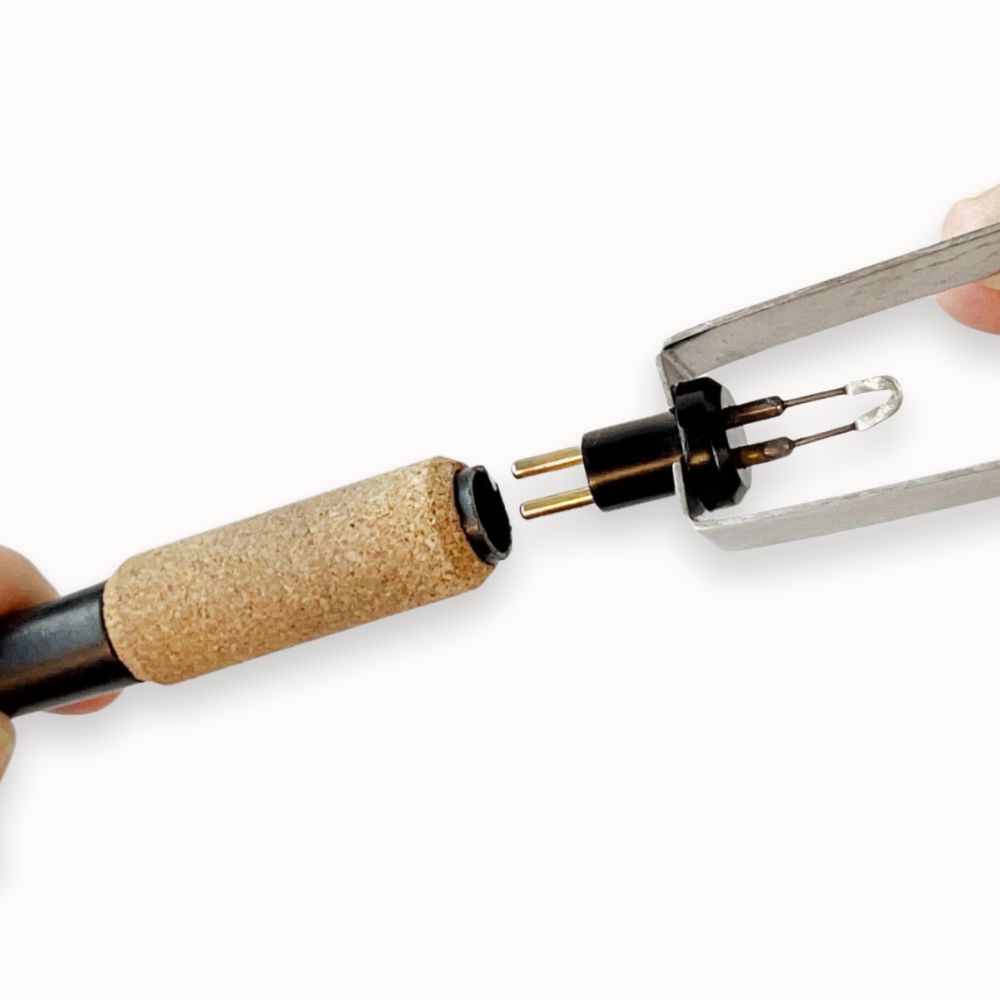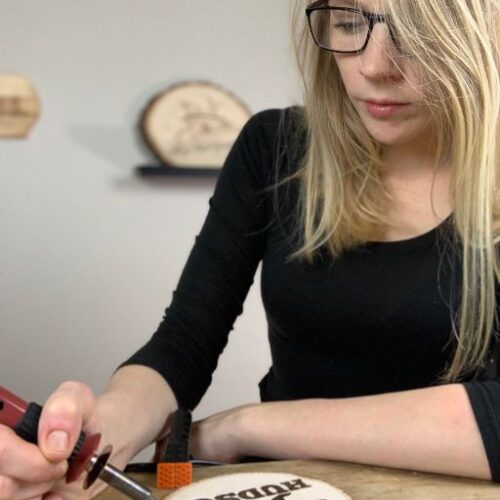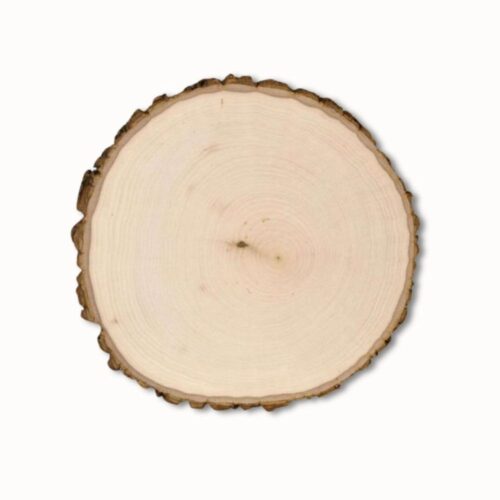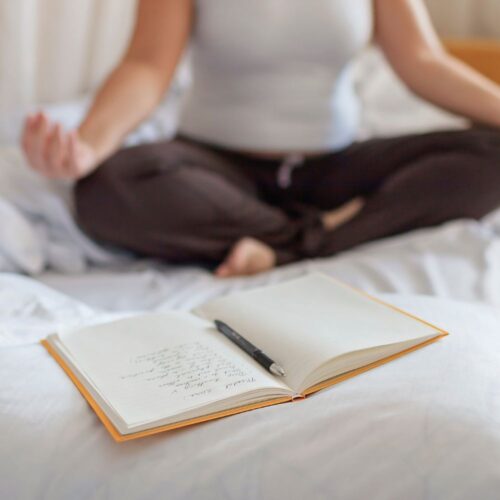
Woodburning Safety Tips: What Every Beginner Needs to Know
Let’s Talk About It: Woodburning Safety
When I first picked up a woodburner, it didn’t feel dangerous.
It felt slow. Gentle. Cozy, even.
I wasn’t lighting anything on fire. I was just… drawing, but with heat.
Still, it didn’t take long to realize that even something peaceful can be risky if you’re not paying attention.
(Like the time I set my burner down on a paper napkin without thinking. Whoops.)
Over time, I figured out my own rhythm — the little habits and woodburning safety tips that make the whole process feel calmer, steadier, and more enjoyable.
Woodburning doesn’t have to be intimidating.
But it deserves a little respect—and a little planning.
Here’s what I learned (sometimes the hard way) about staying safe.
1. Make a Little Safe Woodburning Zone for Yourself
You don’t need a fancy art studio.
Honestly, most of my early projects were burned right at my kitchen table.
But wherever you are, you want a space that feels calm and safe.
Clear your table. Get a solid surface underneath you (I use a thick cutting board or a heat mat).
Tuck away anything that could snag or catch — cords, napkins, junk mail, stray crayons. (Because trust me, something will wiggle if it can.)
If you have a docking station or stand for your burner, use it. Tape it down if you need to. The steadier everything is, the better.
And even if you’re “just grabbing a snack,” unplug your burner every time you walk away.
Every. Single. Time.
2. Ventilation Isn’t Optional (Even If It’s “Just a Quick Project”)
When I first started, I thought: It’s just a little smoke. How bad could it be?
Then, twenty minutes later, my eyes were stinging and the whole room smelled like a campfire.
Now I turn on a fan or crack open a window, especially if I’m burning for longer stretches.
Some people even use small fume extractors right on their table, which is brilliant if you’re short on space.
(If you’re curious, the Winix air purifiers and Razertip Razaire mini smoke extractor are great options.)
Even if you wear a mask (more on that in a second), good airflow makes the whole experience calmer—and safer.
3. Suit Up: Hair, Clothes, and Mask
Long hair? Tie it up.
Loose sleeves? Roll them back.
You don’t want anything dangling into a hot tool. Sparks can fly, especially if you’re switching tips or working close to the burner.
And speaking of protecting yourself: wear a mask.
When I first started, I thought a simple cloth mask was fine. It’s not.
If you’re burning regularly, look for a mask with a carbon filter to protect against smoke particles. (The RZ Mask brand is super comfortable and washable, if you want a place to start.)
Even with great ventilation, it’s worth taking that extra layer of protection. Your lungs are doing enough already, just keeping up with life.
4. Assume Your Burner Is Always Hot
You will forget.
You’ll set it down for a second to sip your coffee, or glance at your phone, and almost grab the wrong end.
(Ask me how I know.)
Always have a safe place to rest your burner.
I use a ceramic dish or metal stand—and I never just lay the burner on the table or prop it up on something flimsy.
If you need to switch tips, use pliers (not your fingers) and let the hot nibs land in a ceramic bowl until they cool.
And again, unplug when you pause.
Not “later.” Not “after I post this picture.” Now.
5. Choosing Safe Woods for Woodburning
Not all wood is safe for burning.
If you’re tempted to grab an old painted board from the garage or a thrifted cutting board that “looks fine,” — pause. Paints, glues, and treatments release fumes you don’t want anywhere near your lungs when they burn. Chemicals in treated wood release toxic fumes when heated—and they don’t need much to hurt you.
I stick to basswood, birch, maple, or poplar for almost everything now.
Simple, safe, and honestly? The burn lines come out so much cleaner.
Also: always burn first, then add any finishes like paint, watercolor, or gold leaf.
If you burn through finishes, you’re breathing in whatever chemicals they’re made of.
(If you’re wondering where to start, I put together a guide to the best woods for pyrography)
6. Mind Your Body, Too
Pyrography is slow work.
And without realizing it, you’ll end up crouched over a tiny board, holding your breath, neck locked in one weird angle.
Now I pay attention:
- Stretch my hands, wrists, and shoulders every 20–30 minutes.
- Sit at a comfy height where my arms can relax.
- Drink water even if I’m in the middle of a “creative flow.”
Tiny shifts help keep the joy in it—and keep me from feeling like I got body-slammed by a wooden board.
7. Extra Woodburning Safety Tips
Always, always, always follow your tool’s manufacturer’s safety instructions.
Use pliers for hot tips. Never try to unscrew them by hand.
Have a small fire extinguisher nearby. Even just a simple kitchen one.
Keep kids and pets clear. (If you think your cat won’t try to leap across your table, well… she will.)
Use eye protection if you lean close and burn hot. Smoke and tiny sparks are no joke when you’re nose-to-board.
Watch for headaches, dizziness, or irritation. If you feel weird—stop. Take a break. Open the windows wider.
Staying Safe Makes It Sweeter
At first, all the safety stuff feels heavy.
Like a long checklist standing between you and the fun part.
But after a few burns, it just becomes second nature.
Clearing your space. Cracking a window. Unplugging when you pause. Moving slower.
It doesn’t take the joy away.
It makes room for it.
When you’re not worrying about what might go wrong, you can sink into the real beauty of woodburning:
The slow marks. The smoky smell. The feeling of making something real with your own hands.
And you deserve that—fully, safely, and completely.
Are you just getting started with woodburning?
Or have you had your own “learned the hard way” safety moment?
I’d love to hear.





